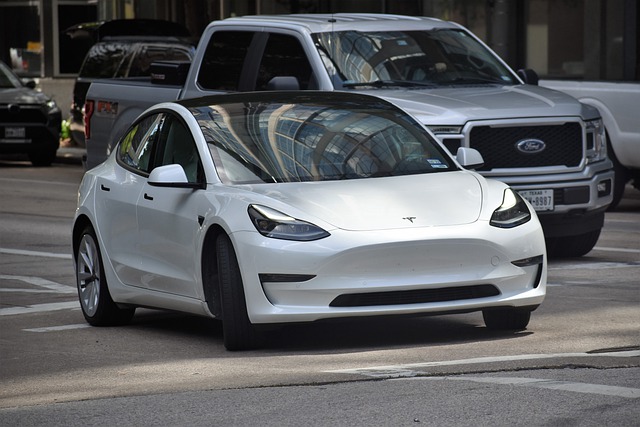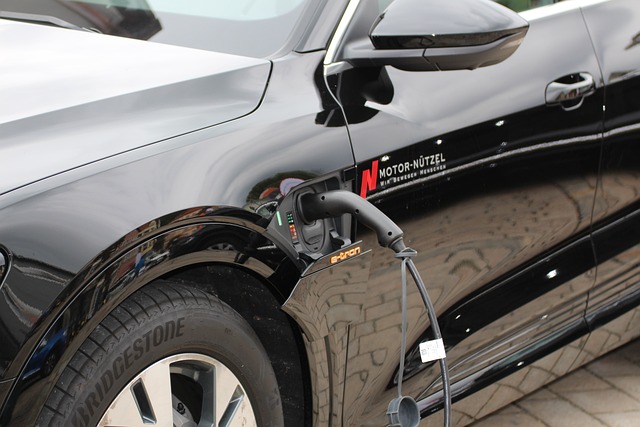
What is electromobility?
Electromobility, or E-mobility, holds the key to sustainable transport, more livable cities and successfully fighting climate change. Electromobility is the use of electric power for transportation. It includes electric vehicles, such as cars, buses, and bikes, as well as other forms of transportation such as monorails and trams. Electromobility is becoming increasingly popular due to its environmental benefits and cost savings compared to traditional fuel sources.
Electromobility, also known as e-mobility, is the concept of using electric power for a variety of transportation types. This includes cars, buses, trucks, off-road vehicles, ships, ferries and other sea-going vessels. E-mobility enables us to move away from CO2-emitting fossil fuels and towards energy sources that are powered by electricity from the grid. By decarbonizing the transport sector, electromobility will create a more sustainable, healthier and cost-effective future for all.
Thanks to advances in electromobility, fully sustainable transport via road, rail, and marine is now a realistic goal – without having to compromise the way we live, move and work. Given that transport emissions accounted for more than 24% of global CO2 emissions in 2016, it is essential that we move towards total e-mobility as soon as possible. With CO2 transport emissions projected to increase at a faster rate than any other sector, electromobility is a necessity if we are to meet the goals of the Paris Agreement.
Why is e-mobility so important?
The connection between e-mobility and sustainability is clear: the more e-mobility solutions we use, the greater the decrease in CO2 and other greenhouse gases. This is especially important in combating climate change. In the transport sector, emissions have more than doubled since 1970. In the United States, transport-related emissions have increased every year and in 2016, they surpassed the electric power industry as the single largest source of greenhouse gas emissions in the US. This highlights the need for increased use of e-mobility solutions to reduce emissions and help combat climate change.
Transport is a major contributor to air pollution, with 91% of the world’s population living in areas where air quality levels exceed the World Health Organization’s limits. To reduce emissions and combat climate change, it is essential to replace fossil fuel-based transport with electrically powered vehicles and vessels. Doing so would not only improve air quality, but also result in significant reductions in CO2 emissions.
What are the benefits of E-mobility?
The benefits of e-mobility include reduced emissions, improved air quality, lower noise pollution, and cost savings due to reduced fuel and maintenance costs. Additionally, electric vehicles are more efficient than traditional combustion engine vehicles, meaning they require less energy to travel the same distance. This makes them an attractive option for those looking to reduce their carbon footprint.
At the personal level, it can reduce fuel costs and provide a more convenient and enjoyable driving experience.’ E-mobility offers advantages on both a global and individual level. On a global scale, the electrification of transportation can reduce emissions and help fight climate change. On an individual level, it can lead to lower fuel costs and provide a more convenient and enjoyable driving experience. Additionally, electric vehicles can also be beneficial to public health. By reducing air pollution, electric vehicles can help reduce respiratory illnesses and other health problems associated with air pollution. Furthermore, electric vehicles are quieter than traditional combustion engine vehicles, which can reduce noise pollution and improve quality of life in urban areas.
As transport currently accounts for around 30% of global final energy demand, the potential for decarbonization is huge. And to meet the ambitions of the Paris Agreement, electrifying public and private transport on land and at sea is inevitable.



